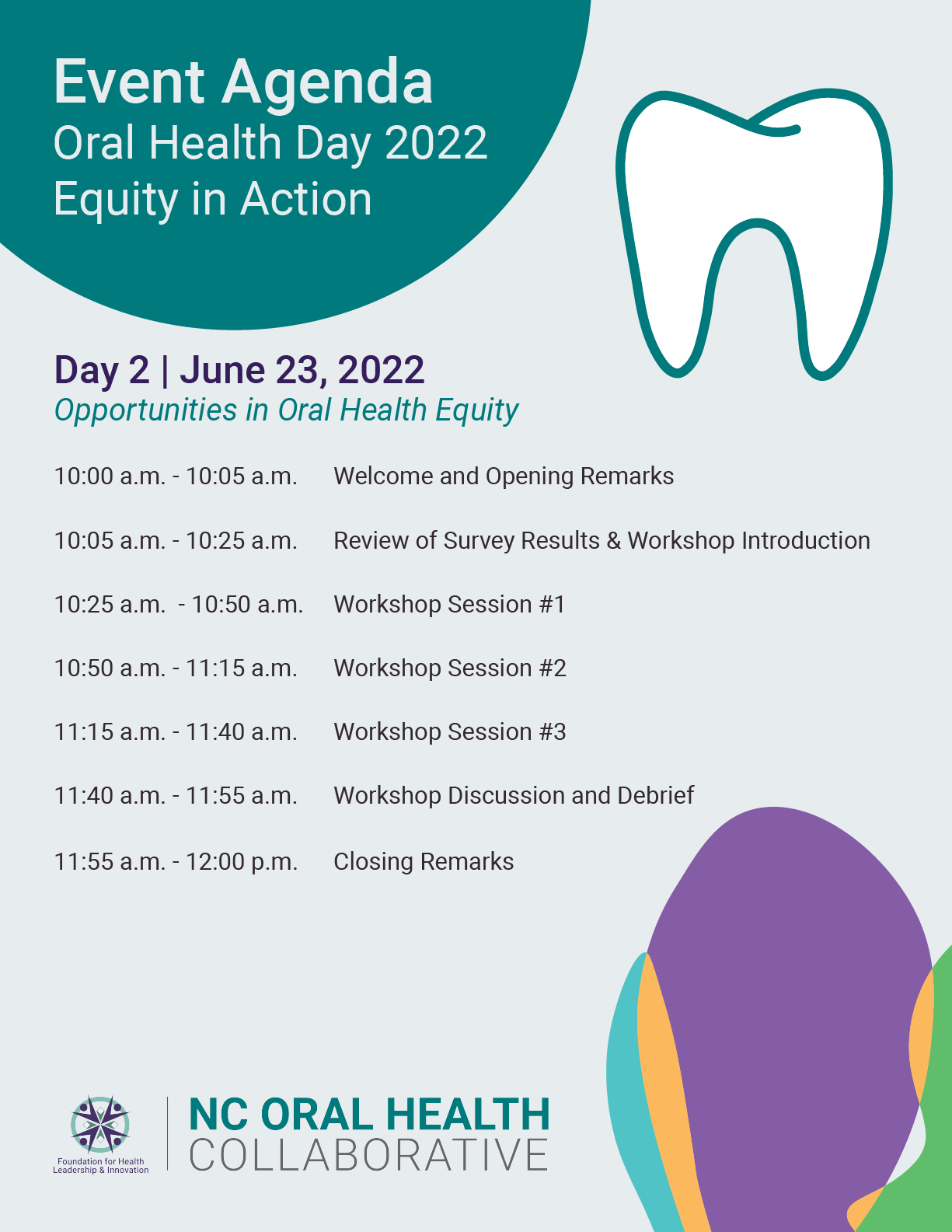A root canal is a dental procedure in which the soft center of the tooth, the pulp, is removed. The pulp is a collection of nerves, blood vessels, and connective tissue that aid the tooth’s growth.
A person will need a root canal if the pulp is inflamed or infected, commonly called pulpitis. The procedure eliminates bacteria and can save the natural tooth by preventing reinfection. Unlike other parts of your body, a tooth’s pulp cannot heal on its own. Once it has been damaged or infected, the only option is to remove it, either with a root canal or a whole tooth extraction.
A tooth’s pulp can be damaged in a number of ways. The most common are decay from an untreated cavity, a chipped or cracked tooth, or too many dental procedures on the same tooth. The pulp can also be damaged by a tooth injury that does not break the tooth.
You may need a root canal if you have severe pain while chewing or biting, gum pimples, intense sensitivity to hot or cold, or gum problems such as swollenness, tenderness, decaying, or darkening.
Performing a Root Canal
A root canal can be performed on a person of any age who has experienced damage to a tooth’s pulp. General dentists (non-dental specialists) can perform root canals on any tooth, but they commonly refer patients to an endodontist if the procedure is needed on a more complex tooth, such as a molar. An endodontist is a specialist who has completed two or more additional years of training after dental school. Part of their additional training focuses on root canals.
A root canal can be completed in one or two appointments and is a rather painless procedure. It begins with an anesthetic to numb the tooth, with the patient remaining awake. The pulp is then removed through a small opening in the top of the tooth.
After the pulp has been removed, the dentist may use a topical antibiotic on the tooth to prevent reinfection. The dentist then fills the tooth with a sealer paste and gutta-percha, a rubber-like material. The procedure is ended by the dentist filling the opening with a temporary sealant.
The temporary sealant will need to be replaced with a permanent restoration, typically a crown, after a root canal. Your dentist will likely schedule the restoration a week or more after the root canal. The extra time helps to make sure that if any problems with the root canal arise, they can be identified and fixed before the restoration is in place.
Your mouth will usually be numb for around 2-4 hours following a root canal procedure, but you should be able to return to normal activities such as school or work directly afterward. However, if you have a root canal, you should not eat again until the numbness has completely gone away. You also may experience soreness and mild discomfort for a couple of days.
Cost of a Root Canal
Root canal pricing will vary by geographic region, the complexity of the root canal procedure to be performed, as well as other factors. Since molar root canals are more challenging and often performed by an endodontist, the fee is typically higher.
Without insurance, a front tooth root canal can cost an average of $600-$1,100, while a molar ranges from $800-$1,500. With insurance, the price for a front tooth procedure can go down to just $200 and a molar procedure at least $300. Click here for more information about dental insurance.
The price can also differ depending on where you live, as there is a higher demand and less access for dentists in smaller cities and towns.
Preventing Root Canals
As with most oral disease, dental issues that can lead to a root canal are almost entirely preventable. Good oral hygiene and regular preventive dental visits are two important steps to reduce the chance of needing a root canal.
Beyond tooth decay, however, oral trauma can also lead to the need for root canals. For anyone playing contact sports or other activities that risk a blow to the face, consider wearing a mouth guard to protect your teeth.
Where Do I Get a Root Canal?
If you have a dentist and think you may need a root canal, your regular provider should be your first stop. If you don’t have a dentist or can’t afford to see one, there are many options across North Carolina for free or reduced-cost care.
You can find access points that accept Medicaid insurance and offer care on sliding fee scales for those without insurance by visiting NCOHC’s access map. Not all clinics on the map provide surgical procedures like root canals, but most should be able to diagnose the problem, discuss different treatment options, and point you in the right direction to receive the care you need.
About the author: Sydney Patterson is a senior at East Carolina University studying public health. She plans to attend dental school following graduation. Sydney is from Hayesville, North Carolina, and she works as a dental assistant at Staton Family Dentistry.
NCOHC, a program of the Foundation for Health Leadership & Innovation, works to advance systems-level changes, improving the overall health and well-being of all North Carolinians by increasing access and equity in care. To stay up-to-date and get involved, join us today as a North Carolinian for Change.






